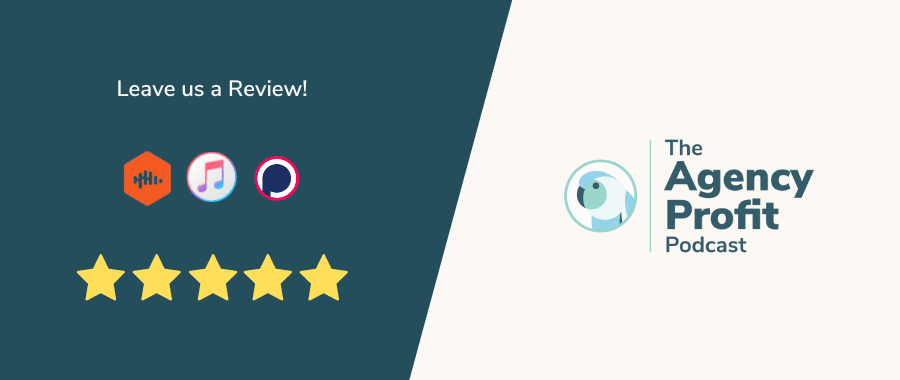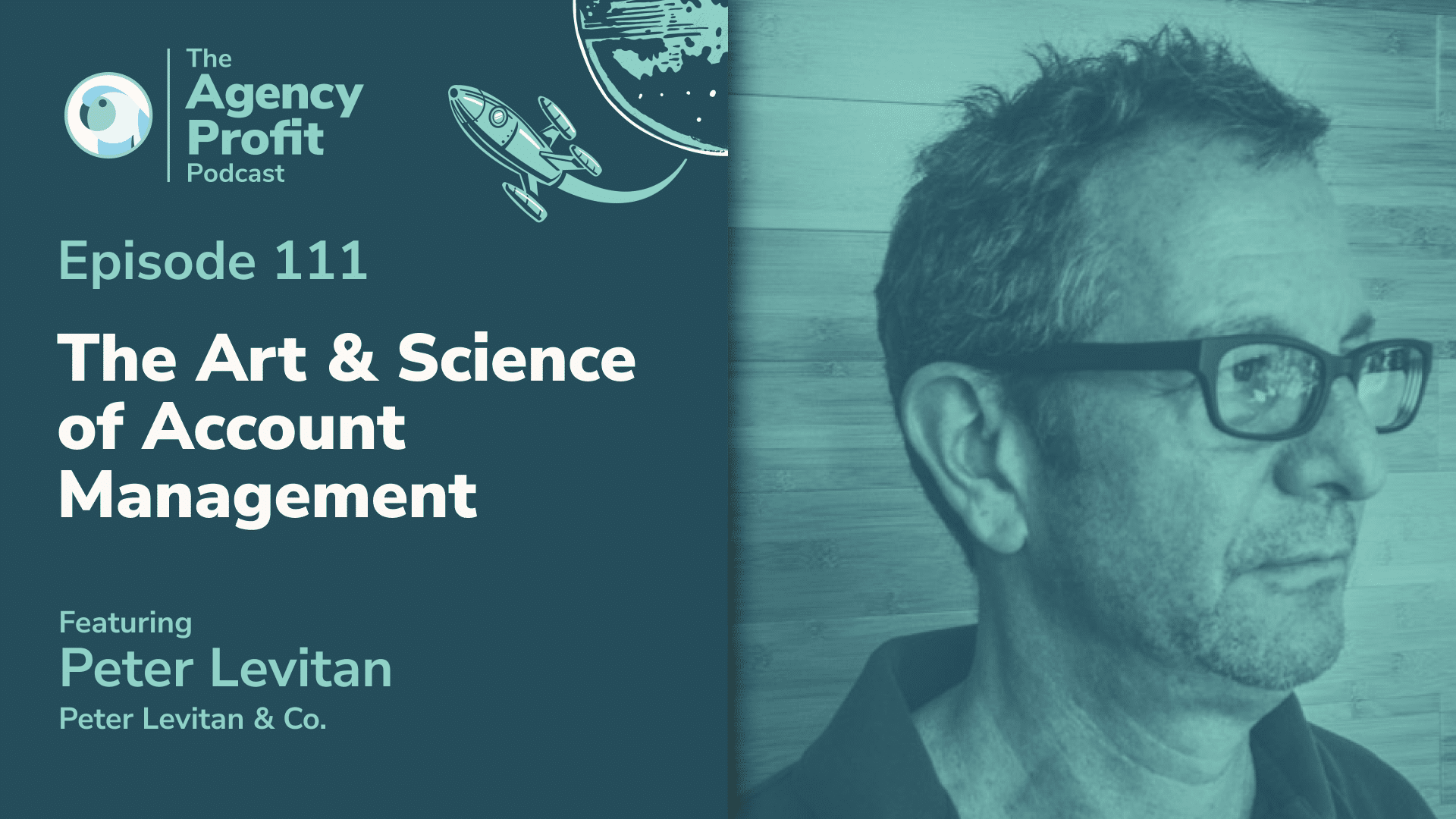There is an art and science to business development. But how can you get to the business development part of proceedings without a decent account management structure? This week, Marcel talks with advertising stalwart Peter Levitan about account management inflection points.
About Peter Levitan
During 16 years at Saatchi & Saatchi Advertising Worldwide, Peter ran business development across Europe and the USA. He was also EVP Management Director in London and New York, alongside being GM of the Minneapolis office.
Before owning Citrus Advertising in Portland and Bend, Oregon – from 2002 to 2012 – Peter was CEO and founder of two major Internet startups during the dot-com boom. The first of which was Advance Publication’s New Jersey Online – an early leader in online news. The second was the intelligent bot company, ActiveBuddy, which was sold to Microsoft in 2006.
A New York native now living in San Miguel de Allende, Mexico, Peter recently bought himself a Polaris 570 and now enjoys getting out into the countryside to explore small towns.
Points of Interest…
- Peter’s definition of account management 1:38
- How account managers leverage client relationships 5:47
- Internal communications from leadership 8:16
- Structuring an account management team 14:32
Peter’s definition of account management
Before we dive headlong into all things account management, here is what Peter does in his own words…
“I help agencies grow. Hopefully, as they grow, they take a page from your book – and that is to be more profitable. Growth without profit, frankly, is irrelevant.”
Peter helps agencies get to the point where there’s a healthy cash flow, a pipeline, and clients paying you so that you and your business can be profitable. Because, as Peter puts it…
“Running any business without profit doesn’t work.”
Now, we both know you can’t just click the fingers and – BOOM – you’re profitable, but it doesn’t have to be a protracted process. Peter knows, better than anyone, that it takes smart operations to get to profitability. And part of that process is really focussing on account management.
As someone who is forever asking the philosophical question “Just what the heck is account management?”, I’m keen to get the input of Peter, who’s been at the forefront of the field for decades. After all, isn’t the definition of an “account manager” all relative?
“Obviously, an account manager at a WPP agency is going to be different – that’s a 400-person agency. So that person is different from a mid-size agency; different from a five-person agency; and certainly different than a freelancer. Really, when we talk about account management, we’re talking about people that touch the client on a daily basis.”
That might explain why there is often some confusion between product management and account management. OK, for the sake of this discussion, let’s say anyone that really works with a client daily basis is an account manager. The bottom line is, they have to manage the business internally and externally, plus provide excellent agency service. What might that look like? Well, as Peter quotes from his book…
“‘Only 13% of clients stated that their agency regularly exceeds their expectations.‘ So that’s 13% that regularly say that they’re happy… You’re not gonna keep that client with Great Creative or Supersonic MarTech if your client isn’t being serviced. And, frankly, that’s really the key issue here.”
How account managers leverage client relationships?
There’s an assumption that it’s the agency with the strong positioning. And while that can be true initially – the relationship starts with the agency having this authoritative strategic posture – that generally dwindles over time.
Instead of pursuing more strategic conversations, pushing past the initial asks, and bringing the conversation to a more strategic level, the once high-leverage relationship gradually erodes. It turns more into (for want of a better term) order-taking.
I ask Peter how account managers can develop the confidence to cultivate those necessary strategy-based conversations with clients in the long term and create value in that sense.
“The word I often use is ‘consciousness’… Conscience is awareness, it’s the ability to listen very closely. The issue is that, in advertising agencies today, you have a lot of very junior account managers. So how can you can expect someone to – through some form of osmosis – just get ‘it’?”
The clear answer is that it’s down to leadership. Those in charge need to employ a clear training program and teach the necessary skillset of leveraging strategic conversations. In Peter’s experience, it doesn’t have to be protracted or overly complicated – literally, a 15-minute induction can work to the benefit of the company. But first, leadership needs to put some time in. It’s up to management to focus the people.
“As a leader of an agency, you should spend time on YouTube. Search ‘Account Management’ and find five videos from other people talking about account management. Every wheel doesn’t have to be created within the agency.”
***Peter digs down further on training from 7:03 minutes***
Internal communications from leadership
This is a fitting juncture to reiterate the important role leadership plays in terms of success. One example I repeatedly see is management not fully comprehending their own contract models. So how is their account manager expected to negotiate and protect scope – when they don’t know if they selling time, or deliverables, or a mixture of both?!
So, I ask Peter for some of the keys to an account manager’s effectiveness, especially in balancing client interests and communicating that to an agency in a healthy way.
“Number one is obviously having a clear scope document. I think most agencies, hopefully, have a document to be filled out. In the old days, it was called a Creative Brief. These are still required. When we wrote that brief, we shared it with the client and they signed off on it.”
OK, so Write a Creative Brief and have the client sign off on it. Without this, you’re in danger of the dreaded scope creep. You know the drill; you start out doing X,Y,Z, and suddenly the client wants you to also do A,B,C. As Peter puts it…
“The client needs to be told something along the lines of ‘I understand that you want some additional service with services, we’d love to do that for you – I will get you an estimate for that work’… There are clients who say, ‘Oh, you know what, maybe if you adjusted this like that, that would be great.’ Well, these adjustments are the difference between being profitable and not profitable.”
The efficiency of a clear positioning is vital. When you’re solving similar problems for similar types of companies you will start to see a pattern. For example, once you solve a problem for the client and they get success, what problems does that new success create? You can start to create standardization around what the progression of value add is as you take your company forward.
The absence of that clear positioning and consistency will require (much) more strategic input, and more nuance on a client-by-client basis. And, to Peter’s point, it will certainly need more senior involvement in facilitating those conversations and moving them forward. ***Peter expands further on this from 11:19 minutes***
Side note: our Agency Profit Toolkit is a one stop shop for you to be able to outline some of these crucial profitability numbers to a potential buyer. Spreadsheets, templates and training videos, you name it, it’s all in the toolkit. Grab yours free at the link below:
Structuring an account management team
Building an account management team is something you need to pay particular attention to if you’re an emerging agency. You have all these questions, like “When do we know that it’s time to put someone in this role?” Let’s face it, up until this point, you as the agency owner have probably been overseeing accounts until this point.
Once you decide to onboard someone for the role, how do you scale the account function? Also, how does it interact with other departments it’s affiliated to – like strategy, project management, and sales? What might that progression look like?
“We both see agencies that are probably overstaffed. One thing I learned when I ran technology companies was that a brilliant engineer, a brilliant computer scientist, could do the work of four people. They come in the morning and say ‘I wrote this last night.’ That can also happen with account managers.”
As for the optimum time to hire an account manager? Peter believes that should happen when an agency is so focused on current clients that they are not engaged in an active business development program. He considers BizDev to be the same as a client and treated as such.
So, if you find yourself with zero time to proactively focus on business development, that’s when you need to either bring someone in or move someone up into the position of handling the clients.
“I always think that every CEO type of an agency, should be putting in 50% of their time into business development. That’s how important I think it is, ’cause if you’re seeing clients go out the back door, you need to bring ones in through the front door.”
According to Peter, the best way in which to build an account management team is twofold. Firstly, ask yourself if you’re staffing correctly. Secondly, have periodic conversations with your clients. After all, to his point earlier, only 13% of clients surveyed said their account management services exceed their expectations.
“I don’t think you can just leave it up to an account person to arrive in the morning and say ‘everything’s cool’.”
Key takeaway…
Firstly, always make sure you have the time and the energy to go get new clients. Secondly, train your staff sufficiently with regards client satisfaction. The one sure fire way of nailing the latter is by asking your clients if they are satisfied with your service!
“My agency used to do that once a year. I mean, we had multiple conversations over the course of the year – but once a year we had a very strategic, sit down meeting and asked, ‘How are we doing?'”
Additionally, sitting in on strategic conversations with the creative team, and on technical conversations with the digital team – is highly beneficial for all involved. There’s institutional knowledge that could be efficiently transferred to an account person, who can really learn from seeing their cohorts deal correctly with clients. It’s a good opportunity to bring context to newcomers while not necessarily creating extra tasks.
And lastly, with regards to when is it best to bring in an account manager; embrace the idea that your clients will be much better served by somebody who’s not you. You can just come in for the 10% of things that you’re actually required for such as strategic thinking.
Having an account manager whose entire job is to be responsive to clients, and make sure they have clarity, will be a huge improvement to their experience – relative to waiting 12 hours for you to respond to their emails ’cause you’ve been too busy strategizing.
After all, business development is what you, as a business owner, should be focussing on. And, as ever, time-tracking data can help to get you there. ***More on the benefits of staff utilization from 20:30 minute mark***
See more from Peter…
- Peter’s LinkedIn linkedin.com/in/peterlevitan/
- Peter’s Twitter twitter.com/PeterLevitan
- peterlevitan.com
- peterlevitan.com/category/podcast/
Did you learn anything new from this episode? Let us know in the comments below! We have helpful blogs designed to bolster your agency profitability, such as How To Calculate Your Billable Employee Cost-Per-Hour.
Our next installment of #APP, on May 3rd, will see Marcel talk with Dean Sotto for our 112th edition. Our previous blog – Episode 111 with Brent Weaver – can be viewed here…
Avid #APP Listener?!
We would be eternally grateful if you could leave us a review…

Agency Profitability Tool Kit
If you’re looking for more resources to help you improve your agency’s profitability, check out the Agency Profitability Tool Kit. It’s full of templates and checklists used when consulting clients. This helps them improve profitability by over 100% in under 60 days.
Fill out the form below for your copy!





0 Comments